As a young girl, Emiliana Rodriguez witnessed a soccer player suddenly collapse and die during a match. This shocking event left her deeply frightened of the dark, haunted by an invisible danger she would later discover was called Chagas disease. Chagas disease is spread by bugs that are most active at night, infecting nearly 8 million people annually and causing around 12,000 deaths worldwide.
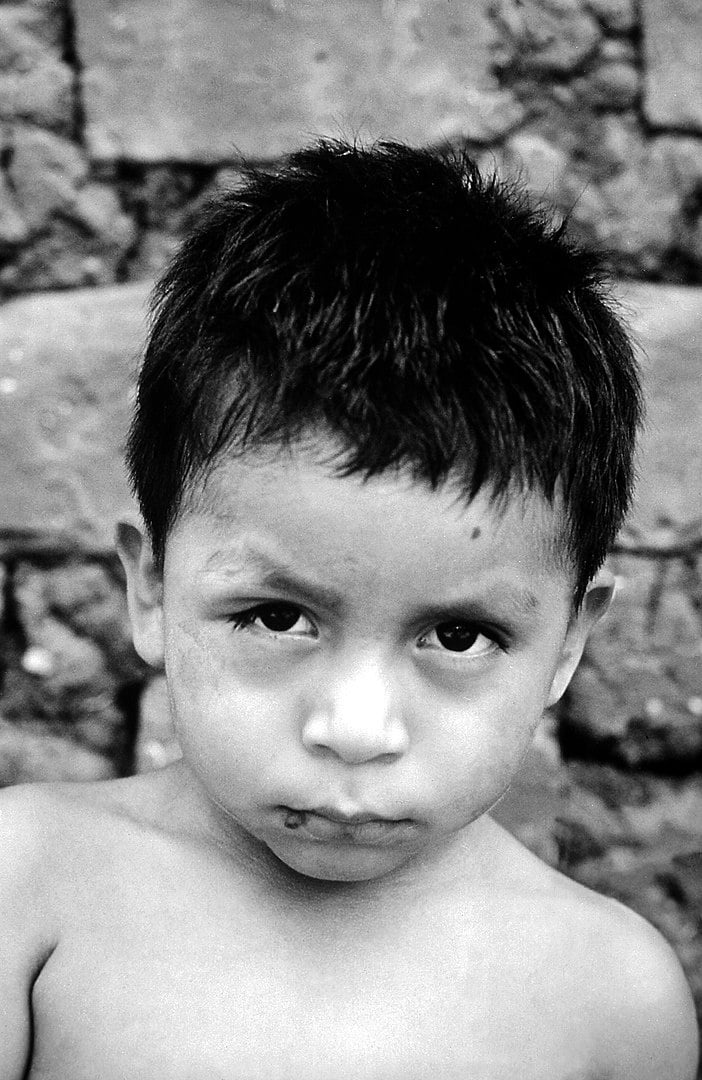
Now 42, Rodriguez, who moved from Bolivia to Barcelona 27 years ago, discovered that she, too, had Chagas disease. The diagnosis reignited her childhood fears, leaving her anxious every night, and worried she might never wake up. During her first pregnancy, which occurred when she was only eight years old, tests revealed that she carried the Chagas gene. Remembering her friend’s sudden death, she was terrified for the fate of her unborn child. Fortunately, her doctors administered medication to prevent the disease from passing to her baby, and her child was born healthy.
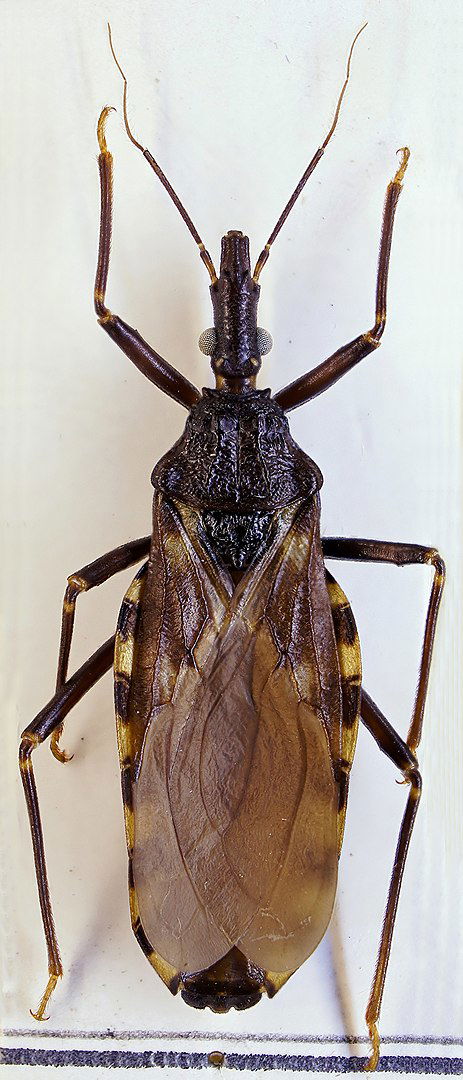
Another woman, Elvira Idalia Hernández Cuevas, learned about Chagas after her 18-year-old son was diagnosed. She had donated blood in her hometown of Veracruz, Mexico, and when her blood was tested, it returned positive for Chagas. Hernández turned to the internet to learn about the disease, soon discovering its often deadly nature. She felt overwhelmed and unsure of what steps to take next. Many people remain unaware of Chagas disease, named after Carlos Ribeiro Justiniano Chagas, who first identified it in 1909. Over the years, cases of Chagas have been reported in regions such as Europe, Japan, Australia, Latin America, and North America.
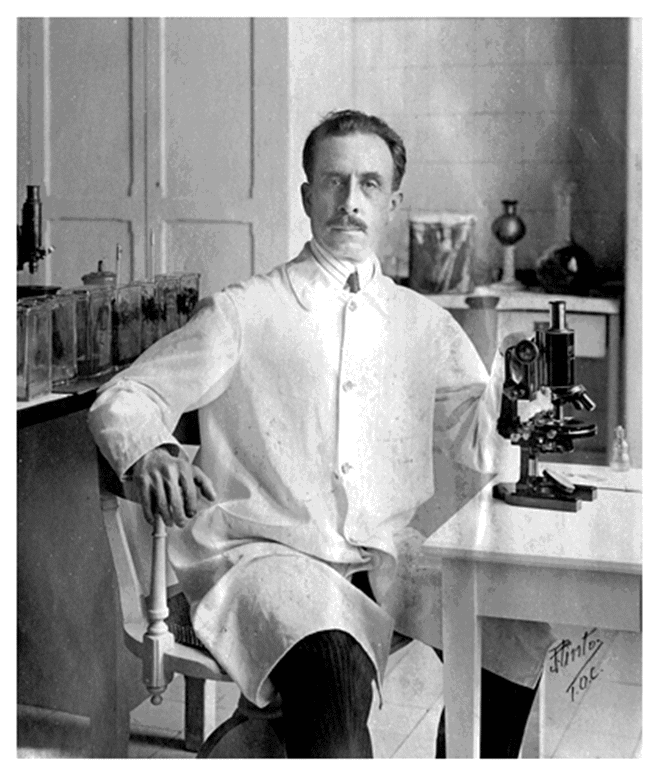
Kissing bugs, which carry the disease, thrive in rural and suburban homes. These nocturnal insects bite people and can transmit the infection through their feces if they come into contact with broken skin or mucous membranes, like the mouth or eyes. According to the World Health Organization (WHO), 6 to 7 million people globally are infected with Chagas, though many are unaware of their condition. The CDC reports that Chagas kills more people in Latin America than any other parasitic disease, including malaria. In the United States, nearly 300,000 people are infected, although the disease is not considered widespread.
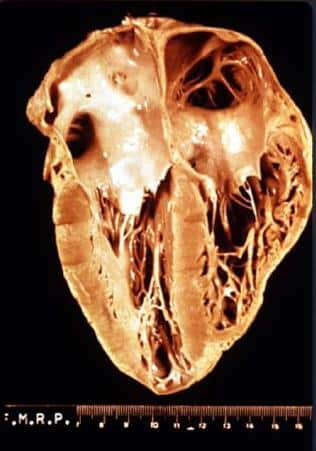
Approximately 30% of Chagas patients develop serious heart or digestive complications, though these symptoms often do not emerge until years after infection. Shockingly, only 10% of Chagas cases are detected worldwide, complicating efforts to prevent and treat the disease. Hernández and her daughter sought help from numerous doctors, but few were familiar with Chagas. The lack of reliable information left her fearing for her son’s life. Eventually, with guidance from a medically knowledgeable family member, Idalia was able to receive the treatment she desperately needed.
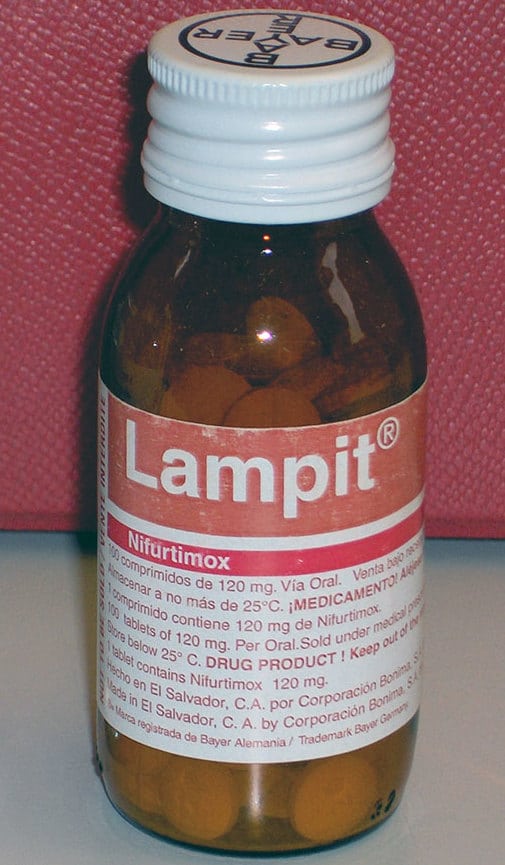
Despite claims by the Mexican government that Chagas is under control, Hernández disagrees, highlighting the frequency of misdiagnoses. The WHO has classified Chagas as a neglected tropical disease, largely ignored due to its silent nature and the absence of early symptoms.
In the UK, the Chagas Hub is working to improve testing and reduce the risk of transmission, particularly from mother to child.
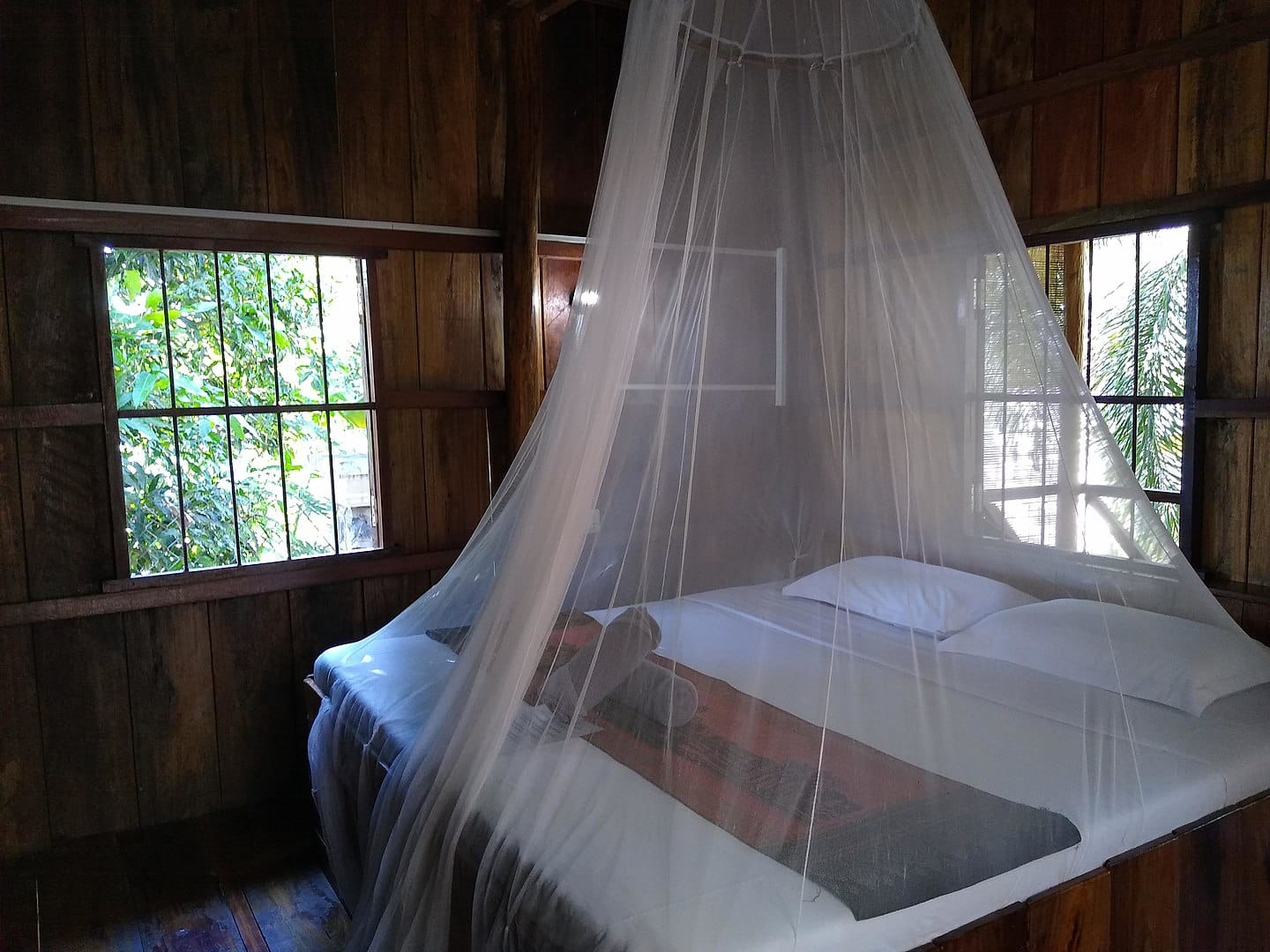
Professor Moore from the Hospital for Tropical Diseases in London remains skeptical of significant progress by 2030, describing the pace of improvement as “glacial.” Two existing drugs, benznidazole and nifurtimox, are used to treat Chagas, but they are often harsh and less effective in adults. Rodriguez experienced severe side effects like dizziness and nausea but remained committed to her treatment and continued to undergo regular check-ups. According to Professor Moore, pharmaceutical companies have little motivation to develop better treatments for Chagas.
The CDC recommends sealing homes, using window screens, and keeping living spaces clean to prevent infestations of kissing bugs. If you encounter a kissing bug, avoid crushing it. Instead, capture it in a jar with alcohol, freeze it, and take it to a professional for identification.
